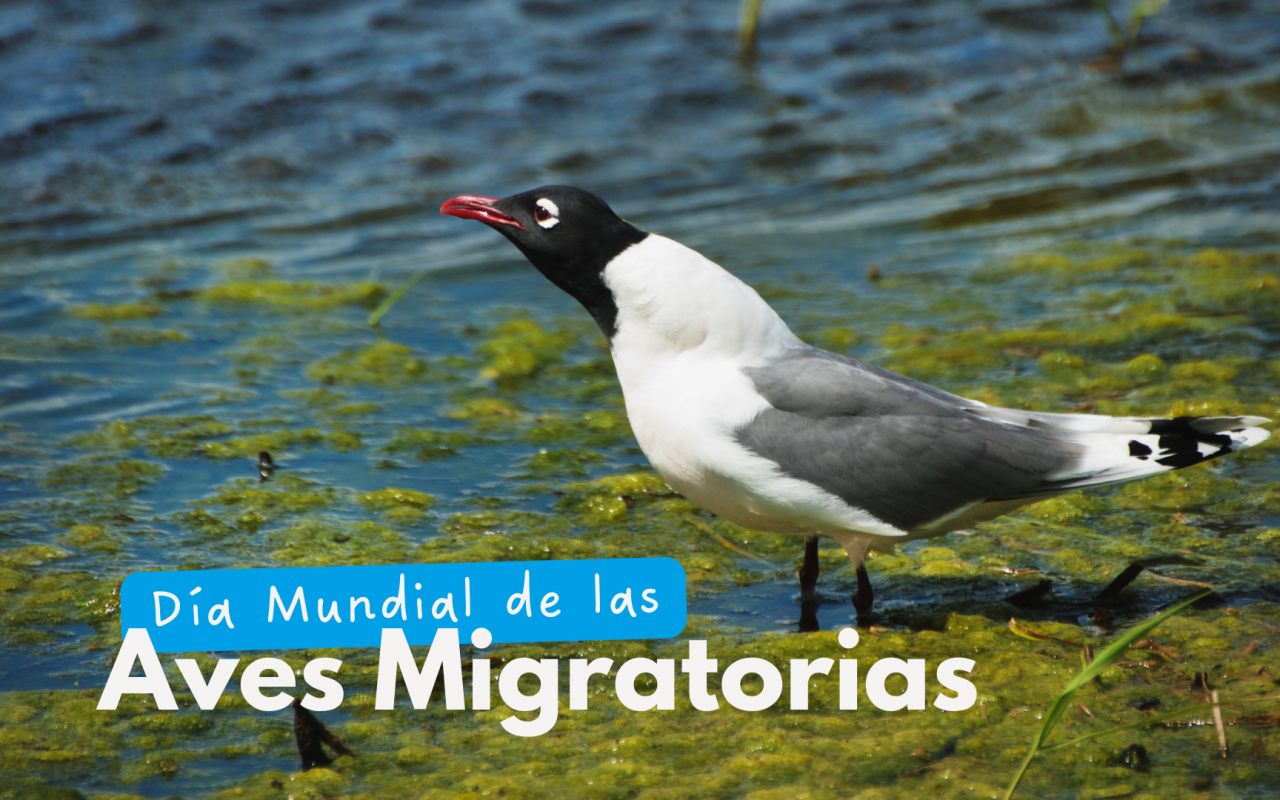Aysén and Its Summer Visitors: Celebrating World Migratory Bird Day

Last Saturday marked the first date of World Migratory Bird Day, a biannual celebration recognizing the migratory movements that occur in both hemispheres during the changing seasons. Its purpose is to raise awareness about the importance of conserving these birds worldwide.
The Aysén region is a true paradise for migratory birds, witnessing the passage of thousands of these creatures through its skies each year, enriching the biodiversity of this southern area. At this time of year, we temporarily say goodbye to these species, which will return in a few months to brighten the spring landscapes of the southern hemisphere with their presence and songs.
Here are some of the migrations that can be observed in the region:
Franklin Gulls
While these migratory birds have a limited distribution in the region, having only been recorded in the Lago Frío sector and the mouth of the Aysén River, their great journey is noteworthy. This journey involves significant physical and behavioral changes depending on their geographical location. Interestingly, during their stay in the northern hemisphere's summer, where they nest and reproduce, these birds display a black head. However, during the southern hemisphere's summer, in their resting period, their heads turn white and grayish.
Their migration is hard to miss, as large groups of these birds can be seen in May and September, their departure and arrival months, respectively. Despite this, it is occasionally possible to spot a solitary, unpaired individual during the southern hemisphere's winter.
Whimbrels
These charming and typical beach dwellers, easily recognizable by their long legs and beaks, are not difficult to spot in the summer playing on the beaches, moving back and forth between the waves in search of sand fleas and other crustaceans that are part of their diet. Like the previous group, these birds migrate north to nest between April and May, returning at the beginning of spring, between September and October.
Black Skimmer
This curious coastal bird in Chile can be found on beaches, river mouths, and estuaries, though in other latitudes it also inhabits rivers. It is characterized by a notably longer lower mandible that articulates upwards, allowing it to open at a right angle with the upper mandible, enabling it to skim over the water and catch small fish in flight.
Like the other migratory birds mentioned, this one flies north between April and May to nest, returning to the southern hemisphere's summer between September and October, just as spring begins to make the snow recede and fill the region's many ecosystems with life and color.
In conclusion, migratory birds represent a vital link between global ecosystems, reminding us of the interconnectedness and fragility of nature worldwide. In the Aysén region, these creatures find a temporary sanctuary in natural habitats that provide them with the necessary conditions for their survival. Therefore, it is our responsibility to protect and conserve these spaces to ensure the continuity of these species and preserve the biological diversity of our planet.
Through birdwatching and environmental education, we can admire and learn from these beautiful creatures, thus strengthening our commitment to environmental conservation. This activity is especially relevant in our region, both from a scientific and recreational perspective, so we recommend you continue reading about this activity in our previous entry that explores this topic in detail.
Categorías - Photo - Parks - Bird Watching